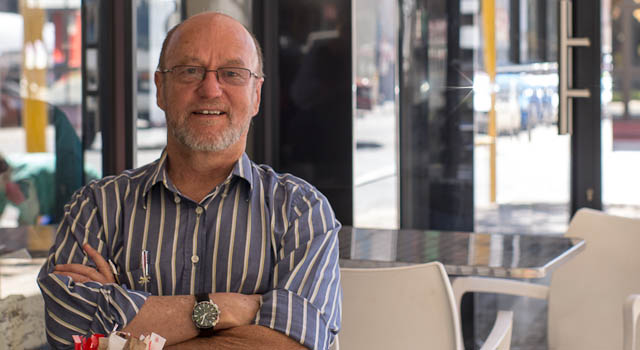
The Square Kilometre Array (SKA) radio telescope would put South Africa and the continent on the map in a different way, science & technology minister Derek Hanekom said on Wednesday.
“We are seeing a mega scientific project, the biggest international scientific project,” he said in Pretoria.
“This puts Africa on the map in a different way and offers opportunity for African scientists to enter the world. [We] are no longer the receivers of technology.”
He said the telescope was more sensitive and larger than any other in the world.
South Africa and eight other African partner countries of the SKA signed amended resolutions in Pretoria on Wednesday to ensure readiness and to complete strategy.
The science ministers, deputy ministers and representatives of South Africa, Botswana, Ghana, Kenya, Madagascar, Mauritius, Mozambique, Namibia and Zambia met in Pretoria on Tuesday and Wednesday for the first ministerial meeting of the SKA African partner countries.
Hanekom said the purpose of the meeting was to co-ordinate positions of mutual interest and agree on a process in order to finalise the SKA African readiness strategy and the joint implementation plan.
“A process to achieve this by March 2015 has been agreed to by the partner countries today,” he said.
“The strategy is aimed at advancing radio astronomy programmes and building the requisite capacity in the respective countries for the African very long baseline interferometer (AVN) and SKA projects.”
He said some of the objectives included meeting all the minimum regulatory and legal requirements for the successful construction and operation of both telescopes, and developing a community of researchers and scientists to undertake radio astronomy on the continent.
Developing a pool of engineers and technicians to design, construct, operate and maintain radio astronomy telescopes formed part of the objectives.
Hanekom said another aim was to build institutional capacity in universities, research institutions and governmental departments to promote radio astronomy programmes.
South Africa was taking the leading role and had different agreements with the different countries, said Hanekom.
“South Africa is taking the leading role on this Africa partnership,” he said.
The project to build the telescope is managed by the international SKA organisation, which currently comprises 10 countries — Australia, Canada, China, Germany, Italy, Netherlands, New Zealand, South Africa, Sweden and the UK.
An array of dish receptors will extend into eight African countries from a central core region near Carnarvon. A further array of mid-frequency aperture arrays will be built in the Karoo. A smaller array of dish receptors and an array of low frequency aperture arrays will be located in western Australia.
On completion, the total signal-collecting area of all the dishes, about 3 000 of them, will add up to a square kilometre. — Sapa

